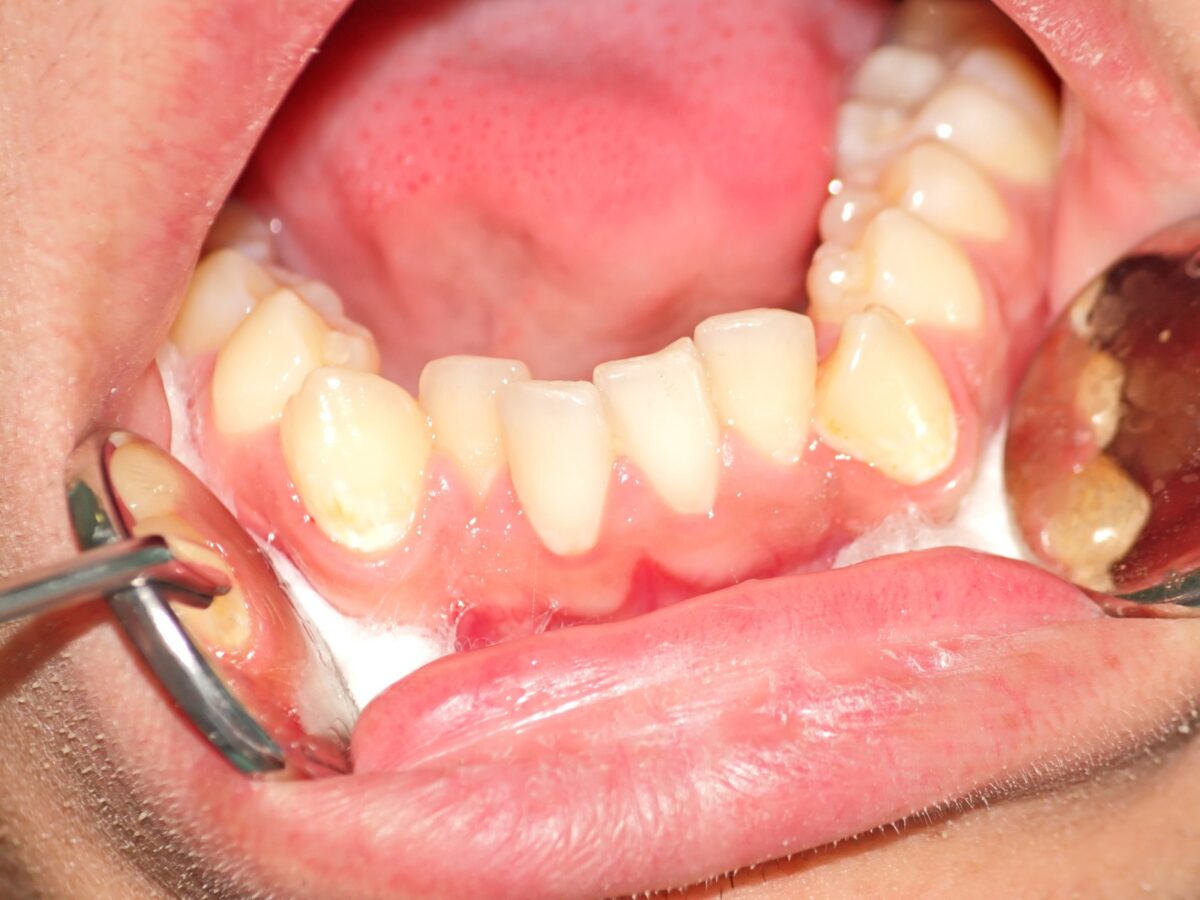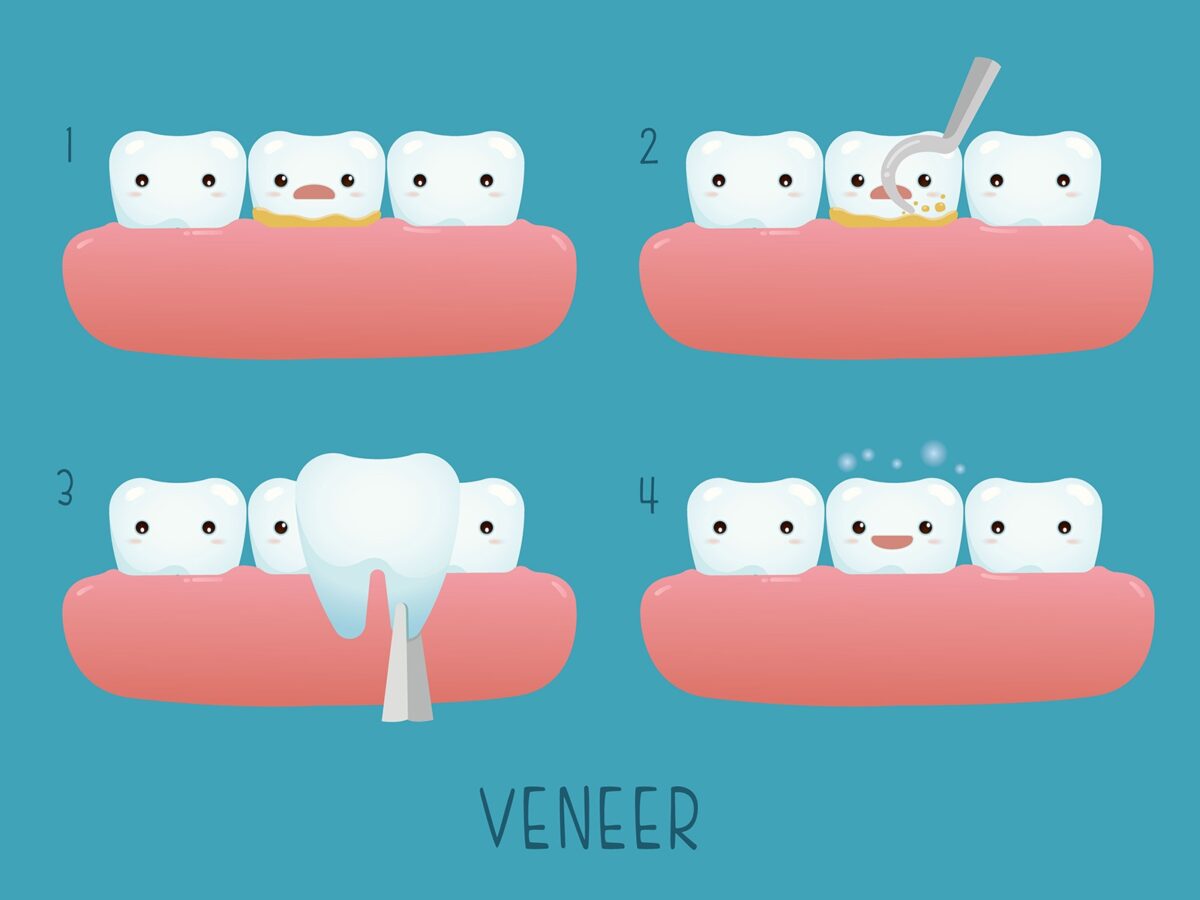The significance of a good bit goes way beyond physical appearance, as a sound bite has crucial health benefits. Maintaining a good bite becomes necessary for prolonged dental health as it promotes overall oral health and prevents problems related to chewing, gum disease, and even tooth decay. Taking care of a child’s dental routine is tedious and challenging. Still, regular visits to the dentist and daily brushing and flossing habits are imperative to keep oral problems at bay. But, irrespective of an optimal dental routine, a child may suffer from a poor bite or malocclusion.
A dental bite refers to the process wherein the upper and lower teeth fit together. In a good bite, the teeth have a straight alignment. The upper teeth slightly extend in front of and over the lower teeth when the jaws are closed. At times, permanent teeth erupting out of position or a jaw abnormality can lead to a poor bite or malocclusion.
Although the complete effects of malocclusion may not reveal themselves until later stages of life, a child can show signs of developing a poor bite as early as six.
Signals that your child is developing a poor bite
- Overbite is a condition wherein the upper teeth hide the lower teeth when a child attempts to close their mouth. Another manifestation of overbite is biting the roof of the mouth with the lower teeth. An overbite is a common sign that tour child is developing malocclusion.
- An underbite – a situation when the lower teeth conceal the upper when the child is trying to close their mouth – is another typical symptom of malocclusion,
- An open bite is another sign of malocclusion. It is a phenomenon when the upper and lower sets of teeth do not preciously meet in front of the mouth when the child closes their mouth.
- Excessive space is another red signal that your child may be developing a poor bite. The problem is graver when the permanent teeth have already erupted, and there are sizeable gaps in the child’s front teeth.
- Buck teeth overjet is a symptom of malocclusion in your child. It is a condition wherein the front incisors protrude or stick out over the lower set.
- At times, an improper bite may cause a shift in the child’s facial bones or chin to one side. Facial imbalance can be detected when observing the child from a distance.
If a poor bite or malocclusion is identified at a nascent stage, the chances of successful interception increase manifold.
Solutions to malocclusion or poor bite
X-rays and teeth impressions can determine the extent of your child’s bite. They reveal the areas of misalignment in lucid detail. If your child needs advanced treatment, the dentist may suggest mouth implements, teeth removal, or jaw surgery.
Mouth implements like braces are a viable solution to correct several bite problems. Teeth removal is applicable mainly when the child still has their baby teeth. In older children, a dentist deems it essential to remove some of the permanent teeth to rectify an improper bite. Lastly, jaw surgery is vital when the child’s bite issues are detrimental to their oral bone structure.
In case of discomfort in teeth or jaw, please visit your nearest dentist at the earliest.
Book Appointment to find out which treatment might be best for you.


